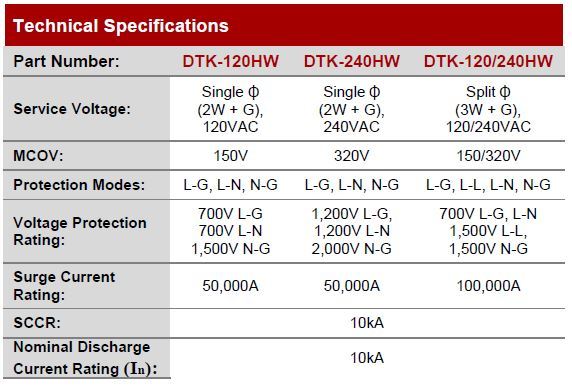A surge suppressor can do just as good a job at suppressing line to line transients when connected directly from line to line as it can with two devices each connected from one line to ground.
What it cannot do is provide any protection against common mode voltage (an abnormal transient voltage which affects both lines equally with the same polarity.)
To restate that, if the fault or transient condition applied +1000VDC to L1 with respect to ground and -1000VDC to L2, then a suppressor from L1 to L2 will see and excess voltage of 2000VDC and will conduct.
But if it applies +1000VDC to L1 and also +1000VDC to L2 a suppressor from L1 to L2 will not see any abnormal voltage and will provide no protection. In both cases two suppressors from L1 and L2 to ground (not neutral!!) would provide protection.
Another aspect to consider is whether a common mode transient will in fact do any damage to a connected load. The answer to that depends entirely on the details of the load and its insulation. 3
I finally got all your were saying above. You just rewords the concept shared to me by the person who taught me how to select SPDs and I got confused. Lol. About the last part. He only gave example that common mode voltage from surge can affect the chassis. He mentioned how chassis is rated for say 600v. Now a lightning that affect the lines can cause the chassis to be say 5500v. And if the chassis is connected to any transformer, the arc can jump to the transformer secondary (if it's grounded) and destroy the insulation and affect the core, etc. He didn't mention the CCTV, TV load can be affected. So I ignored it and want to save by not using line to ground SPDs. Do you know how many items would be affected? But if the load is not connected to chassis. Then no problem, so we can make the rule that common mode voltage damage on the load can only happen if it is connected to chassis? right? Can you think of exception?



